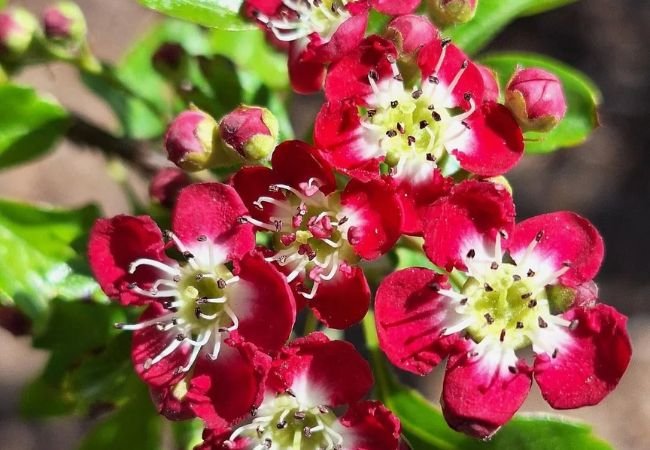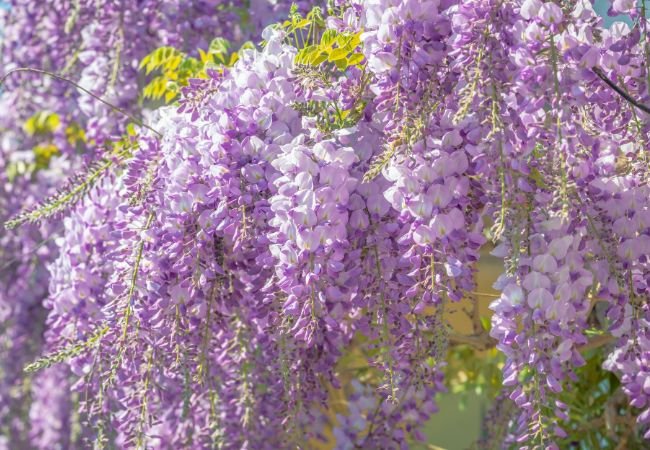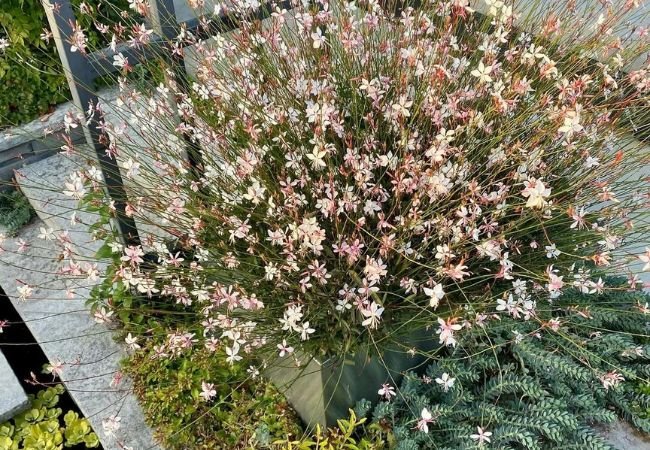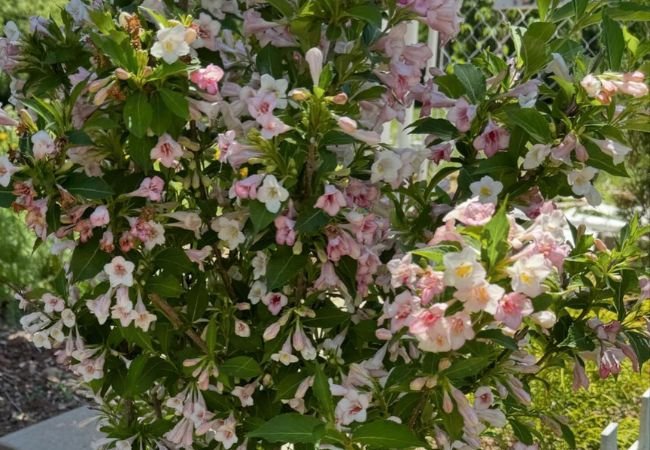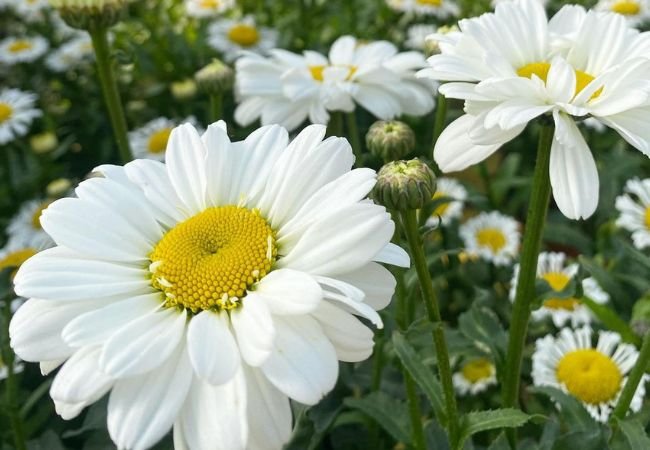Discover the captivating world of hawthorn, a versatile shrub with a rich history and numerous benefits. In this informative article, we’ll delve into the origins, uses, cultivation, and care of this remarkable plant, empowering you to unlock its full potential in your own backyard or garden.
Here’s a short chart with information about Hawthorn (genus Crataegus):
| Aspect | Information |
|---|---|
| Botanical Name | Crataegus spp. |
| Plant Type | Deciduous Tree or Shrub |
| Zones | 4-8 |
| Exposure | Full Sun to Partial Shade |
| Bloom Time | Spring |
| Height/Spread | 15-30 feet tall, 15-25 feet wide |
Hawthorn (Crataegus monogyna): A Versatile and Beneficial Shrub
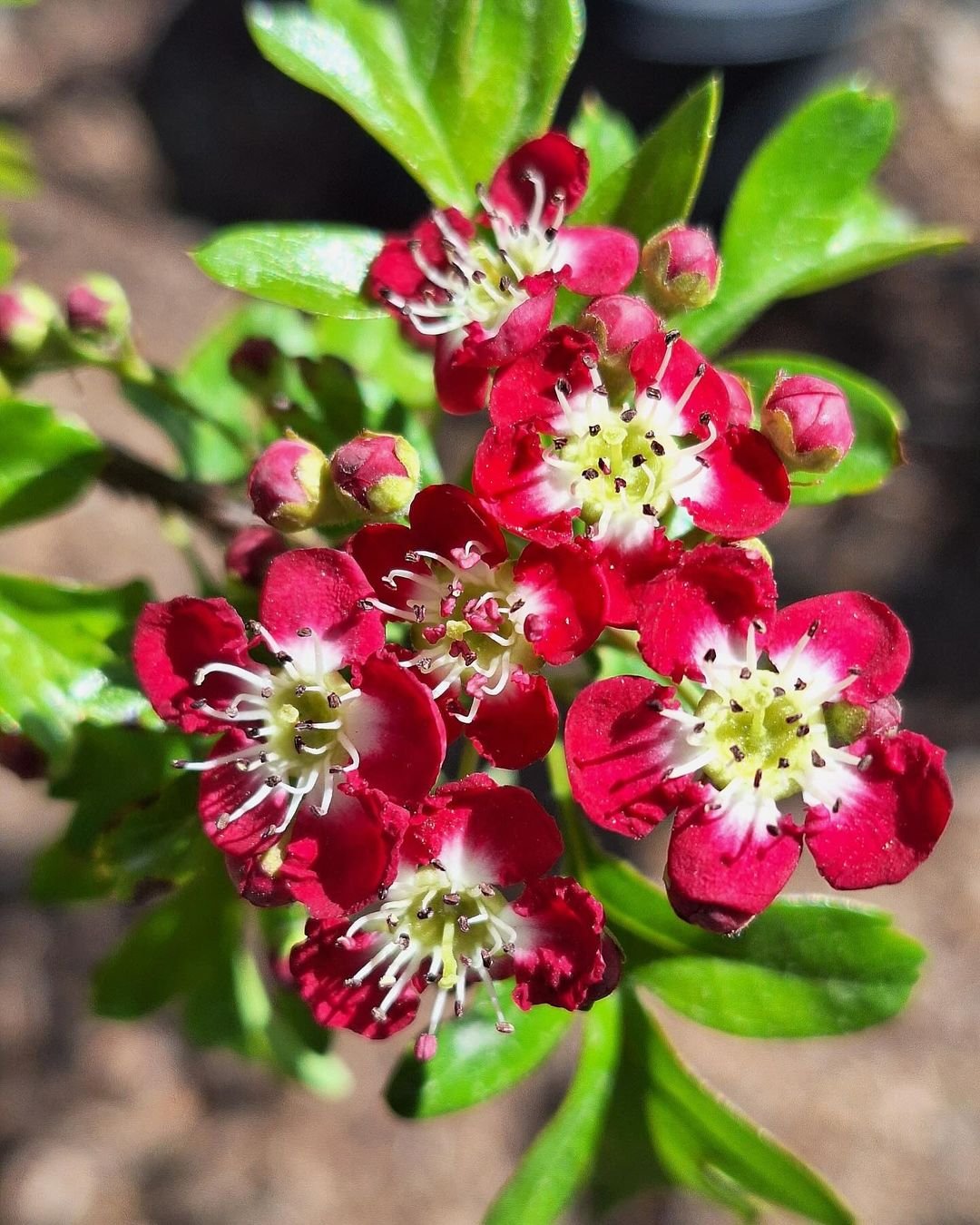
In the vast realm of nature, certain plants stand out for their multifaceted qualities and enduring presence throughout human history. One such remarkable specimen is the hawthorn, scientifically known as Crataegus monogyna. This hardy shrub has not only graced landscapes with its beauty but has also played a significant role in traditional medicine, cuisine, and cultural practices across various civilizations. In this insightful discussion, we’ll explore the origins, uses, cultivation and care of this versatile plant, equipping you with the knowledge to appreciate and potentially incorporate it into your own backyard or garden.
Origins and History
The hawthorn’s lineage can be traced back to Europe, North Africa and parts of Western Asia, where it has thrived for centuries. Its name is derived from the Anglo-Saxon “hagathorn,” which translates to “hedge thorn,” alluding to its widespread use as a natural hedgerow in the past. Beyond its practical applications, hawthorn has held a significant place in folklore and cultural traditions, often symbolizing fertility, protection and even harboring mystical properties.
Botanical Description
Hawthorn is a deciduous shrub or small tree that can grow up to 25 feet (7.6 meters) in height. Its branches are adorned with thorns, making it an effective natural barrier or hedge. The leaves are deeply lobed and glossy green, providing a pleasing aesthetic. In the spring, clusters of white or pink flowers bloom, adding a touch of delicate beauty to the landscape. As autumn arrives, these flowers give way to vibrant red berries known as “haws,” which not only contribute to the plant’s visual appeal but also offer various culinary and medicinal uses.
Medicinal Properties
For centuries, hawthorn has been revered for its remarkable medicinal properties. The leaves, flowers, berries and even the bark have been utilized in traditional herbal remedies. One of the most notable uses of hawthorn is in supporting cardiovascular health, as it is believed to possess properties that can help regulate blood pressure, improve circulation and potentially provide relief for mild heart conditions. Additionally, hawthorn has been used to alleviate digestive issues, reduce anxiety and promote overall well-being.
Culinary Uses
Beyond its medicinal applications, hawthorn offers a range of culinary possibilities. The berries, or haws, are particularly prized for their tart yet sweet flavor and can be used to make jams, jellies, wines and even infused vinegars. In some regions, the young leaves and flower buds are consumed as part of traditional dishes, adding a unique flavor and nutritional boost.
Cultivation and Care
Hawthorn is a hardy plant that can thrive in a variety of soil types, from sandy to clay-based soils, as long as they are well-draining. It prefers full sun exposure but can tolerate partial shade. When it comes to planting, hawthorn can be propagated from seeds, cuttings or through root division. Established plants require minimal maintenance, but pruning may be necessary to maintain their desired shape and size.
Landscape Applications
Hawthorn’s versatility extends to its potential uses in landscaping and gardening. Its dense growth habit and thorny branches make it an ideal choice for natural hedging or security barriers. Additionally, hawthorn can be grown as a specimen plant, adding visual interest and texture to gardens or public spaces. Its springtime blossoms and autumnal berries provide seasonal interest, making it a valuable addition to any landscape design.
Conservation and Sustainable Practices
As with many plant species, hawthorn faces potential threats from habitat loss, over-harvesting and climate change. It is crucial to promote sustainable practices when cultivating or harvesting hawthorn for its various uses. This includes responsible foraging, ethical sourcing from reputable suppliers, and implementing conservation efforts to ensure the long-term survival and availability of this valuable plant.
Hawthorn (Crataegus monogyna) is a remarkable shrub that has woven itself into the tapestry of human culture and tradition for centuries. From its medicinal properties and culinary applications to its ornamental value and functional uses in landscaping, this versatile plant offers a wealth of benefits. By understanding its origins, characteristics, and cultivation requirements, we can unlock the full potential of hawthorn and appreciate its enduring presence in our lives. Whether you’re a gardener seeking to incorporate it into your outdoor space, a herbalist exploring its therapeutic qualities or a curious nature enthusiast, hawthorn is a true testament to the wonders of the natural world.

